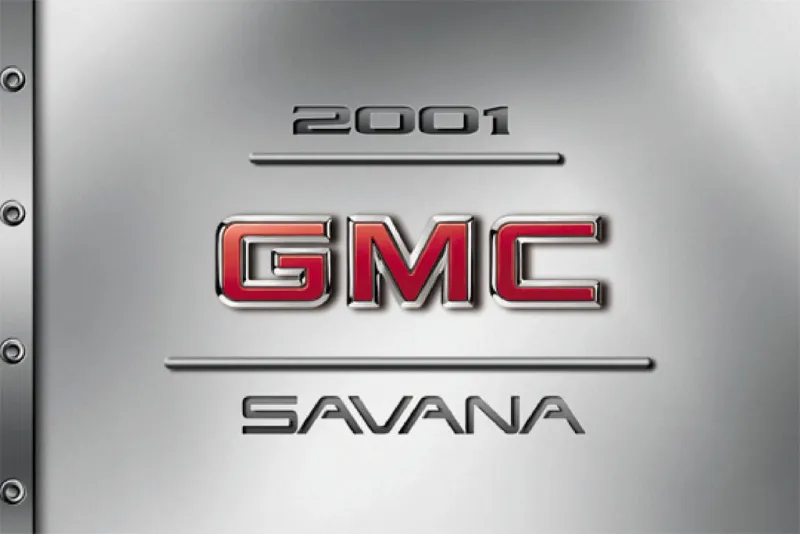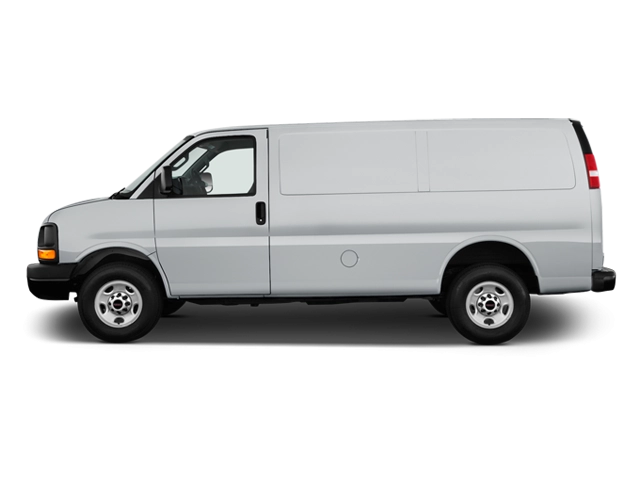2001 GMC Savana Owner's Manual

Table of Contents
2001 GMC Savana Overview
Introduction
The 2001 GMC Savana is a versatile and reliable full-size van designed for both commercial and personal use. With its robust construction and spacious interior, it serves as an ideal choice for families, contractors, and businesses that require ample cargo space and seating. The Savana's contemporary design, smooth handling, and range of configurations make it a standout in the van segment.
Powertrains
The 2001 GMC Savana offers a variety of powertrain options to suit different performance needs. It is available with a 4.3-liter V6 engine that delivers 195 horsepower, providing a solid foundation for city driving and light towing. For those requiring more power, the 5.0-liter V8 and the 5.7-liter V8 engines are also available, producing 255 and 300 horsepower respectively. Both automatic and manual transmission options are offered, allowing owners to customize their driving experience. The vehicle’s rear-wheel-drive configuration ensures dependable traction and handling.
Trims
Features
The 2001 GMC Savana comes equipped with a host of features designed for comfort and practicality. Standard options include air conditioning, dual sliding side doors, and available rear air-conditioning. Higher trims may include leather seating, power accessories, and advanced audio systems. Safety features such as antilock brakes and a reinforced frame provide added peace of mind for both drivers and passengers alike.
Owner’s Manual
The owner's manual for the 2001 GMC Savana provides comprehensive guidance on vehicle operation, maintenance, and troubleshooting. It includes essential information on routine service schedules, technical specifications, and safety features, empowering owners to maximize the longevity and reliability of their vehicle.
User manual download
The GMC Savana owner manual for the 2001 model year is to be found in PDF downloadable format on this page. The owner manual for the model year 2001 is free and in English, but the repair manuals are usually not easy to get and may cost more.
Manual Questions
Fill the form below and someone will help you!

